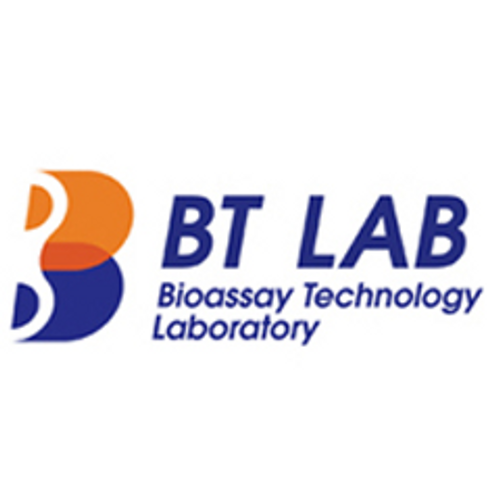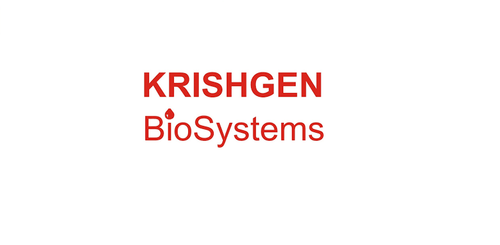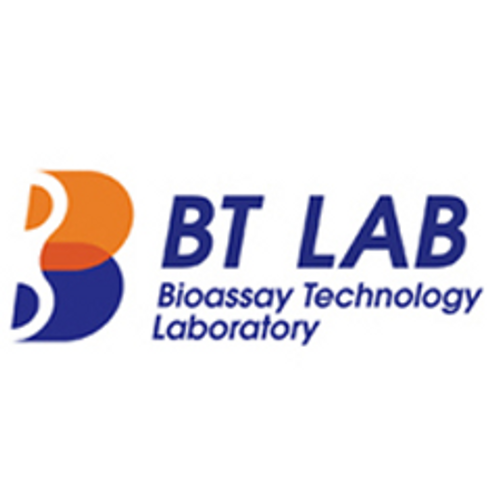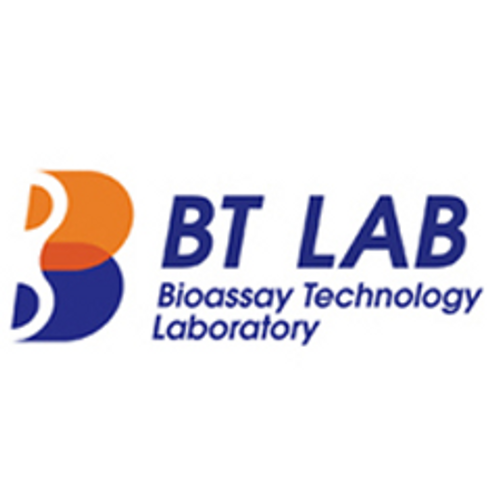Product Description
Bovine Galanin (GAL) ELISA Kit | AE62945BO | Abebio
Species Reactivity: Bovine (Bos taurus; Cattle)
Abbreviation: GAL
Alternative Name: GALN; GLNN; GMAP; MGC40167; galanin|galanin-message-associated peptide|galanin-related peptide
Application: ELISA
Range: Request Information
Sensitivity: Request Information
Intra-Assay: ≤6.5%
Inter-Assay: ≤10.8%
Recovery: 1, 09
Sample Type: Serum, Plasma, Other biological fluids
Detection Method: Sandwich
Analysis Method : Quantitive
Test Principale: This assay employs a two-site sandwich ELISA to quantitate GAL in samples. An antibody specific for GAL has been pre-coated onto a microplate. Standards and samples are pipetted into the wells and anyGAL present is bound by the immobilized antibody. After removing any unbound substances, a biotin-conjugated antibody specific for GAL is added to the wells. After washing, Streptavidin conjugated Horseradish Peroxidase (HRP) is added to the wells. Following a wash to remove any unbound avidin-enzyme reagent, a substrate solution is added to the wells and color develops in proportion to the amount of GAL bound in the initial step. The color development is stopped and the intensity of the color is measured.
Product Overview: Galanin is formed by the cleavage of a prepropeptide encoded by a gene known as GAL. It is involved in a number of physiological processes such as regulation of food intake, metabolism and reproduction, regulation of neurotransmitter and hormone release, nociception, intestinal contraction and secretion, and more recently in nervous system development and response to injury. This wide diversity of action is mediated by several galanin receptor subtypes.Galanin is predominantly an inhibitory, hyperpolarizing neuropeptide and as such inhibits neurotransmitter release. Galanin is often co-localized with classical neurotransmitters such as acetylcholine, serotonin and norepinephrine and also with other neuromodulators such as Neuropeptide Y, Substance P and Vasoactive intestinal peptide.
Stability: The stability of ELISA kit is determined by the loss rate of activity. The loss rate of this kit is less than 5% within the expiration date under appropriate storage condition. The loss rate was determined by accelerated thermal degradation test. Keep the kit at 37°C for 4 and 7 days, and compare O.D.values of the kit kept at 37°C with that of at recommended temperature. (referring from China Biological Products Standard, which was calculated by the Arrhenius equation. For ELISA kit, 4 days storage at 37°C can be considered as 6 months at 2 - 8°C, which means 7 days at 37°C equaling 12 months at 2 - 8°C) .
 Euro
Euro
 USD
USD
 British Pound
British Pound
 NULL
NULL












